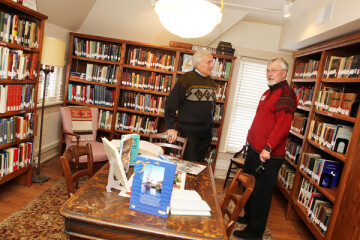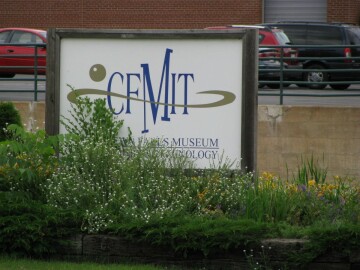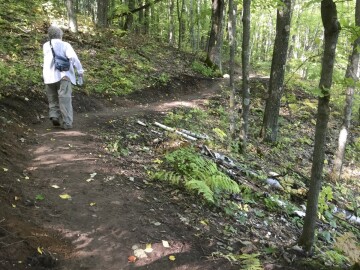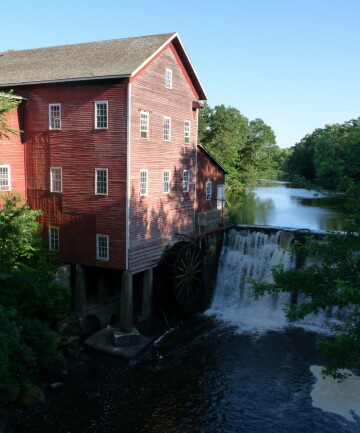Chippewa Falls Museum of Industry and Technology
21 E. Grand Ave., Chippewa Falls
Chippewa Moraine Interpretive Center
13394 County Hwy M, New Auburn
Science & Nature Local History Museums Zoos and Animal Interests Nature Centers Science Interests Attractions









